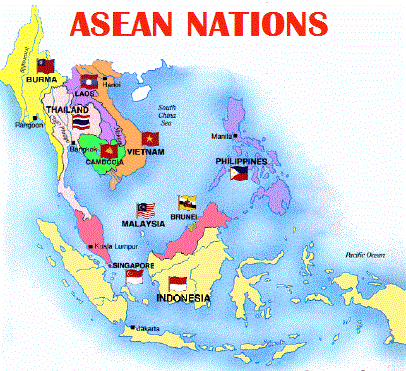An old joke tells of two matrons having lunch at an expensive restaurant. One lady says, “The food is so bad,” and the other says, “Yes, and the portions are so small.” This neatly sums up IPO bankers’ first half: markets are challenging and they are working harder to sell smaller deals for less fee income. Bankers’ complaints about difficult deals are likely to be followed by grumbling that they don’t have enough of them.
The Asia-Pacific region generated new listings of only US$19.2 billion equivalent in the first half, according to data published by Thomson Reuters. That computes into a whopping drop of almost 62% in IPOs in dollar terms, as compared to the same period last year, a decline that came largely (but not exclusively) thanks to successive bouts of euro-zone panic.
Not only were there fewer IPOs in the first half in Hong Kong in particular, but deal sizes were also smaller. The Canadian energy firm Sunshine Oilsands delivered Hong Kong’s largest initial public offering in the year so far, raising US$578 million in March. Haitong Securities came to market with a “quasi-IPO”, raising US$1.8 billion, but this technically was a follow-on offering, on account of its existing listing on the mainland.
ASEAN countries have actually produced the largest IPOs in the Asia-Pacific region in the first half. Malaysia’s Felda Global Ventures, a palm-oil producer, recently raised US$3.1 billion with a highly successful listing on Bursa Malaysia. Thailand’s Tesco Lotus Fund, a property vehicle, raised US$601 million. Malaysia and Thailand are indeed the only two markets to have generated growth in equity volumes.

Regional equity issuance has also been dominated by follow-on offerings – that is share offers by companies that are already listed. The US$6 billion block trade by AIA in March in Hong Kong was the largest transaction in the Asia-Pacific zone (excluding Japan) in the year to date. In terms of industry sectors, financials (including banks and insurance companies) and oil and gas firms continue to dominate, as consumer stories have become more difficult to market.
Chinese brokers now increasingly feature on prospectus covers, with five such names now in the 10, and three in the top five, as ranked by fees. But that’s also because commissions for IPOs remain higher on the mainland than in other regional markets. However, the American and European bulge bracket houses still dominate when it comes to the larger deals. In volume league tables, only three Chinese houses appeared in the top 10 – all at the bottom end of the list. With the recent postponement of Graff Diamonds’ IPO, and of insurer PICC’s dual A and H share offer, however, larger deals are hard to come by these days.
As I outlined in Money Post on 7 May (“As floats sink slowly in the East”), much of this is a result of the decline in IPOs by Chinese state-backed companies. These accounted for 77% of new listings by volume in Hong Kong at the peak of 2006, but only just above 26% of Hong Kong’s new listings in the year-to date.
By contrast, IPO issuance from private China domiciled companies is on the rise. Such entities raised just US$231 million in 2000 in new listings in Hong Kong but, by 2010, they floated shares representing a record US$21 billion. So far this year, private Chinese firms have raised double the amount of IPOs brought about by state-owned firms. The trend towards private issuers also means deal sizes are dropping. Gone are the days of eye-watering mega-floats of China’s state-backed leviathans, for example Agricultural Bank of China’s 2010 IPO raising US$22.1 billion, or the US$21.9 billion listing of Industrial & Commercial Bank of China in 2006.
Although 2010 saw a record deal volume from large issuers (that is by firms raising more than US$1 billion) the trend towards smaller deals is having an impact on banks’ fees this year. Nine out of the top 10 investment banks have racked in less than US$100 million in equity fees at the mid-year post for Asia ex-Japan, and total industry fees for the region were down 44% over the same period in 2011.
No traffic jam at the Ferrari dealer this year, then.
Philippe Espinasse, a former investment banker, is the author of “IPO: A Global Guide” (HKU Press).
[This article was originally published in The South China Morning Post on 9 July 2012 and is reproduced with permission.]
